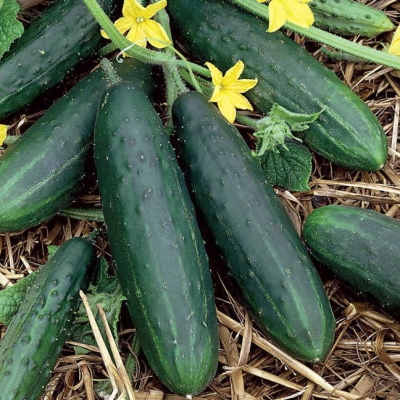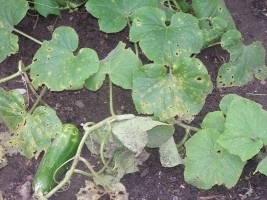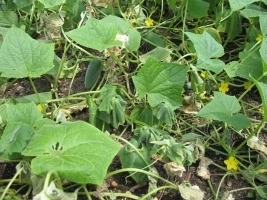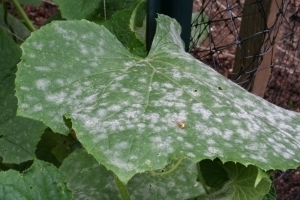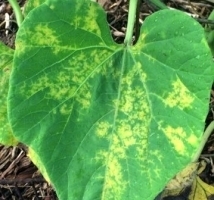Arka shital : Fruits are light green color. Gives average yield of 80qtl/acre.
Lucknow Early: Fruits long, and shiny. It is popular in Lucknow and nearby areas.
Local Varieties : Nasdar, Sikkim Kakadi etc.
Pant sankar khira 1: Fruits are long and cylindrical. Gives average yield 80qtl/acre.
Pant Khira – 1: Fruits are long, cylindrical with white strip. Fruits are ready for first harvest in 50-60days. Gives average yield of 60qtl/acre.
Pant Parthnocarpic khira 2: Suitable for poly house cultivation. Gives average yield of 843qtl/acre.
Parthenocarpic khira-3: Suitable for poly house cultivation. Gives average yield of 800qtl/acre.
Swarna Ageti: Fruits are long, cylindrical. It is tolerant to powdery mildew. Ready for first picking in 45-50days after sowing.
Swarna Sheetal: Fruits are cylindrical, long and of medium size. Ready for first picking in 60-65days after sowing.
Swarna Poorna: Cylindrical long fruits. Ready for first picking in 55-60 days after sowing.
Other state varieties:
Poona Khira: Early growing variety. Fruits are of light green color with delicious, crispy, juicy and sweet flesh. Gives good yield in hot and arid climate.
Himangi: High yielding, medium heighted variety with cylindrical fruits. Skin color is creamy with crispy flesh.
Poinsett: Deep green color fruits, 15-20cm long, first harvesting is done after 60 days and gives an average yield of 50-52qtl/acre. It is suitable for growing in low and intermediate areas.
Pusa Uday: The variety is developed by Indian Agricultural Research Institute (IARI). The fruits of this variety are light green in color, medium sized and are 15cm in length. Use 1.45 kg of seed in per acre of land. The variety gets mature within 50-55 days. It gives an average yield of 65 qtl/acre.
Pusa Barkha: The variety is developed for Kharif season. It is highly tolerant to humidity, temperature and downy mildew disease. It gives an average yield of 78 qtl/acre.
Cucumber Hybrid-2: New hybrid variety. Suitable for cool areas, 5m long plant height, green fruits, 20-30cm long and gets ready in 40 days. It gives an average yield of 230-250qtl/acre.
KH-1: F-1 hybrid variety. Soft fruits, 12-14cm long and light green in color. It is an early maturing variety which matures in 65 days and gives an average yield of 145-166qtl/acre.

